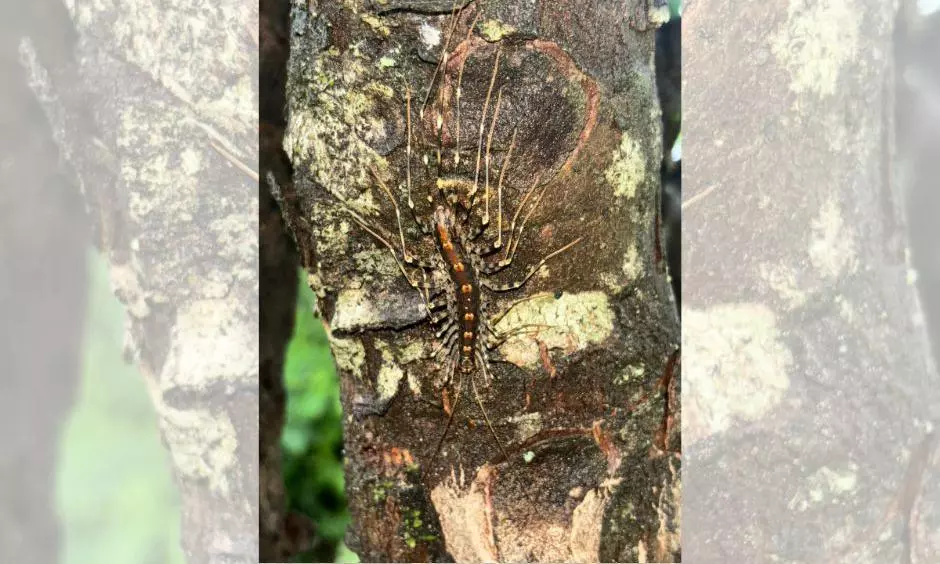CCMB Study Traces Centipedes to Ancient Gondwana

Hyderabad: A pioneering study from the city’s Centre for Cellular and Molecular Biology (CCMB) has traced the origins of peninsular India’s centipedes, revealing that they are ancient descendants of organisms from the supercontinent Gondwana.
Gondwana, which existed over 200 million years ago, comprised the present-day Africa, Antarctica, Australia, South America, and the Indian subcontinent. The landmass eventually fragmented, leading to the drift of the other continents and India to their current locations.
The research, led by Dr Jahnavi Joshi’s lab, focused on Scutigeromorpha, a group of long-legged, fast-moving centipedes often mistaken for spiders. By studying specimens from the Western and Eastern Ghats and comparing them with a global genetic dataset, the team discovered that these centipedes originated in Gondwana and have continued to evolve within Peninsular India.
“This discovery is remarkable because most of India’s biodiversity has resulted from dispersal events into the region from Asia or Africa over the last 65 million years,” explained Dr Joshi, senior scientist at the CCMB. “Finding that these centipedes have Gondwanan roots highlights the unique evolutionary history of the region.”
The study suggested that the current diversity of Scutigeromorpha in Australia may have originated from Indian ancestors that dispersed from India within the last 100 million years. Maya Manivannan, the first author of the paper, noted, “Indo-Australian relationships are rarely discussed because the continents were connected over 130 million years ago. The discovery that these centipedes took ‘a passage through India’ to Australia provides new insights into ancient biogeographical links.”
This research, published in the ‘Journal of Biogeography’, offers a fresh perspective on the ancient evolutionary pathways that shaped the biodiversity of peninsular India.

